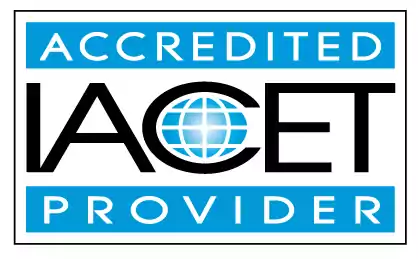Identify ways home visitors work across the child welfare continuum.
Explore ways home visitors work across the child welfare continuum in the domain areas of early childhood education and child care centers. Discover the requirements of Child Care Subsidy (POC), Child and Adult Food Program, MSDE Child Care Credential, Tiered Reimbursement, and the Child Care Career and Professional Development Fund to enhance your knowledge and career in this field.Trainings incorporating this outcome
Proficiency Level
120 hours courses
5 hours courses
Related Outcomes
- Identify and understand the requirements of Child Care Subsidy (POC), Child and Adult Food Program, MSDE Child Care Credential, Tiered Reimbursement, and the Child Care Career and Professional Development Fund
- Identify strategies for the child care provider that will promote successful child development. Identify strategies for working with children with special needs
- Identify the ways Home visitors take on the role of coach or mentor with families.
- Describe the role of a CDA home visitor and include examples of home visitors.
- Identify the importance of documenting the home visitor's work with the family.
- Identify factors that may influence learning for a child in the family child care environment.
- Identify Home Visitor program models and characteristics of effective models.
- Demonstrate understanding of how home visitors can stay safe while visiting homes.
- Identify strategies for the child care provider that will promote successful child development.
- Identify the importance of maintaining cultural sensitivity while working with families during home visiting.
- Identify the components of the CDA Home Visitor Professional Portfolio and strategies for completion.
- Identify strategies for the child care provider that will promote successful child development
- Identify statistics on child and family well-being in relation to home visiting programs.
- Identify theory and theorist in relation to child development.
- Identify different types of barriers for mixed ages with disabilities and ways to adapt curriculum to fit their needs.
- Identify parenting styles and the influence those styles have on child development
- Identify the signs of child abuse and neglect.
- Identify and contemplate bias and explore anti-bias approaches that support working with children and families.
- Identify the types of barriers children's with disabilities/special needs face and ways to adapt curriculum to fit those needs.
- Identify strategies in promoting sound health and safety principles for in child care.
Related Articles
- Weekly Home Visit Plan: CDA Home Visitor Resource Collection RC I-2
- Tiny Triumphs: How the CDA Home Visitor Credential Turns Home Visits into Heroic Moments!
- Home Visitor CDA Assessor Recommendation Form
- 🏡From Cozy Home to Caring Classroom — How to Open an In-Home Daycare in Indiana
- CDA Home Visitor Credential Birth to 5
- CDA Home Visitor RC III: Bibliography of Developmentally Appropriate Children’s Books
- Become a Certified Home Visitor: Earn Your CDA (Birth to 5) Today!
- I don't currently work in child care, can I still earn a CDA Credential?
- CDA Home Visitor Professional Portfolio RC V: Family Action Plan
- Home Visitor CDA Renewal Procedures
- Secure a Scholarship for Your Child Development Associate (CDA) Credential
- Finding Funding to Obtain the CDA Credential for Child Care Providers
- 🏡From Home to Haven: How to Open a Daycare in Florida
- Becoming a Child Care Teacher in Massachusetts: How the CDA Credential Can Help
- Child Development Associate (CDA) Professional Portfolio, Resource Collection V (RC V)
- Exploring Career Opportunities with a Child Development Associate (CDA) Credential
- Alaska Child Care and the CDA Credential
- CDA Certification for Maryland Child Care Providers
- How Georgia Child Care Providers Can Use the DECAL Scholars Program to Earn their CDA
- How Indiana Child Care Providers Can Benefit from the CDA Credential
 12 CEUs
12 CEUs